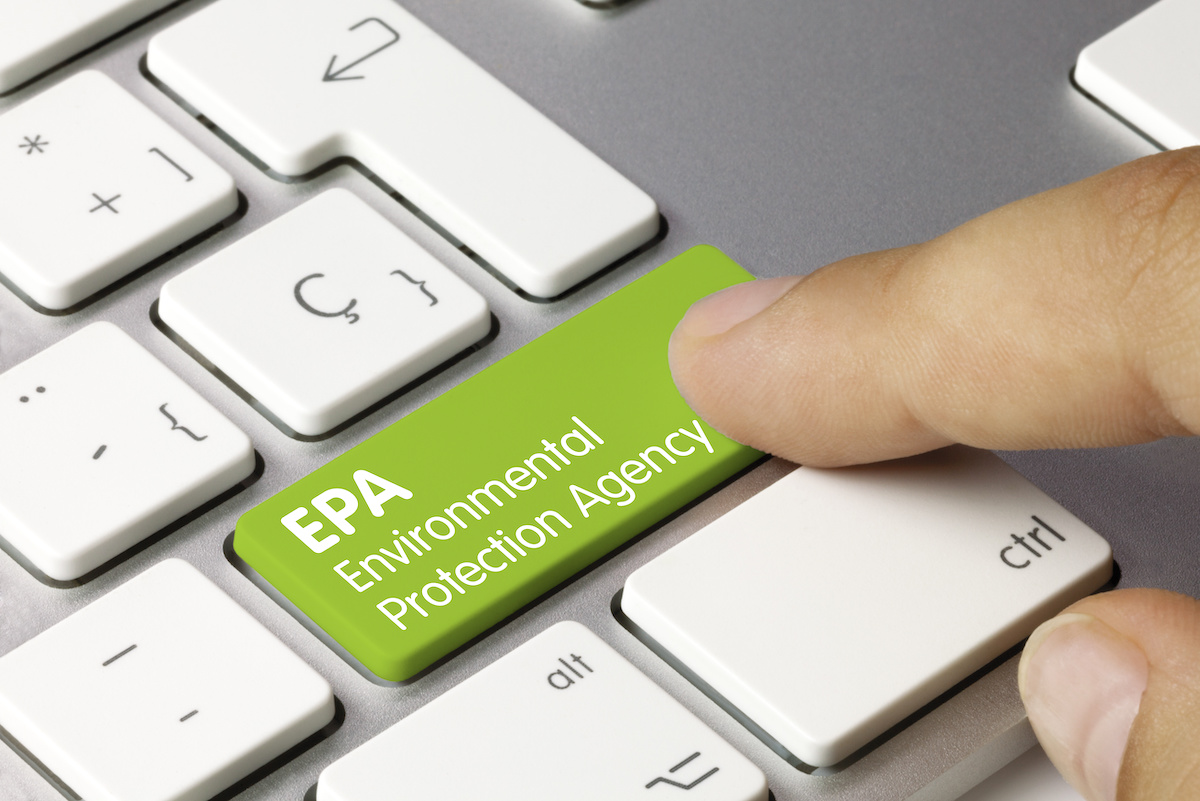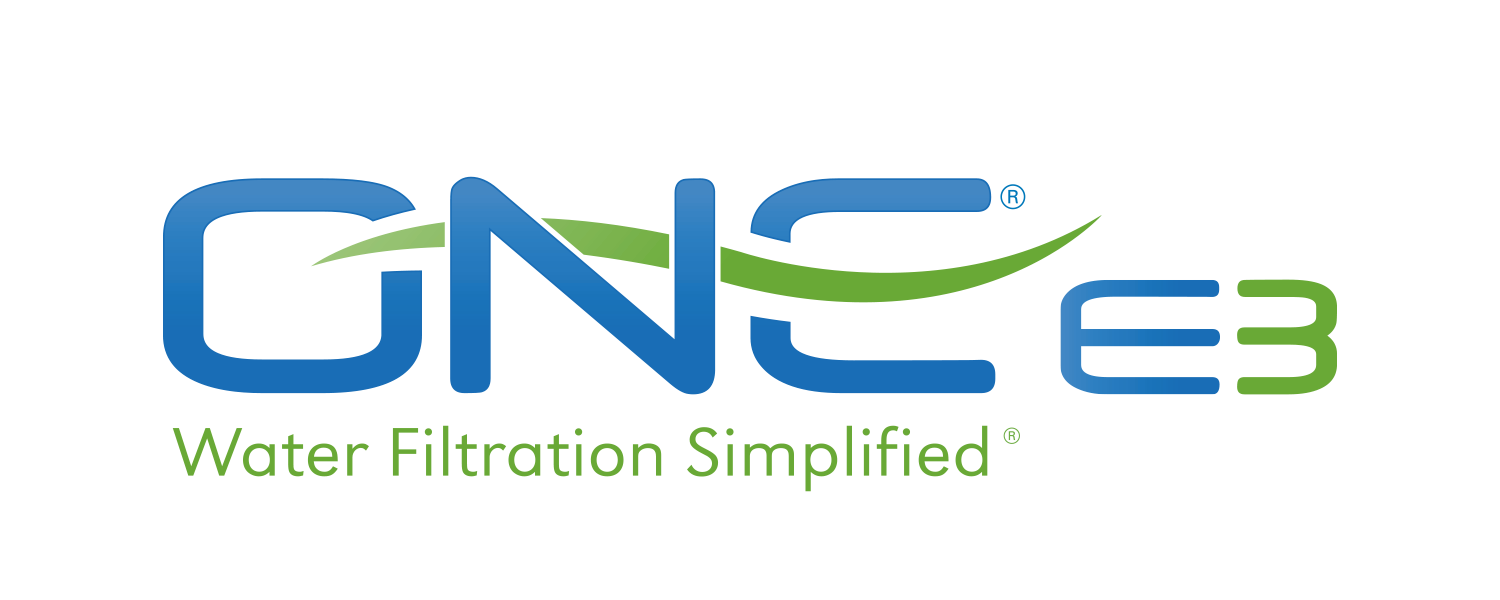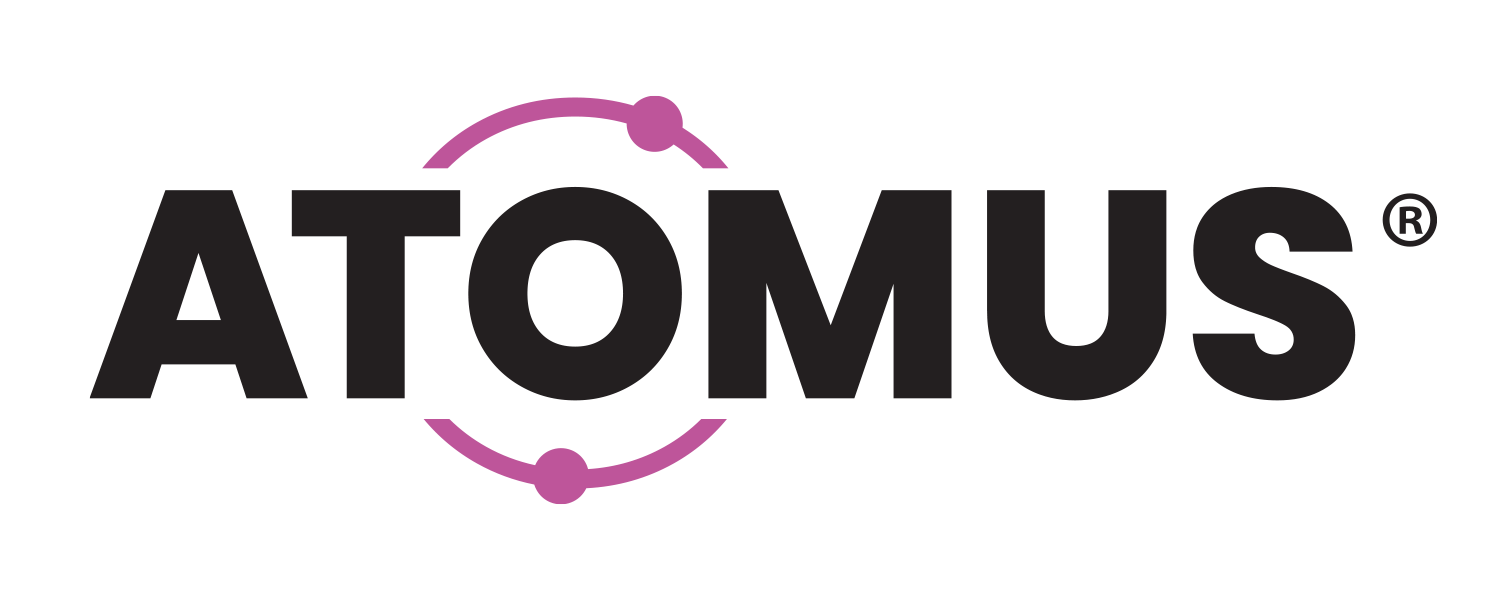For the first time since 1991, the Environmental Protection Agency is expected to make changes to the standards for lead in drinking water. According to this Bloomberg report, the biggest change of the EPA’s overhauled lead rule would be that it will no longer allow “partial replacement” of lead pipes (replacing one area of a lead pipe but not all of it).
It has been noted in the past that the practice of partial replacement can often cause lead to get into water during replacement (when pipes are jarred or shaken) and that corrosion continues in other areas where lead piping is still present. The new measure would require utilities to replace all portions of a lead pipe. The Bloomberg article notes this change means that “utilities may need to get permission from homeowners to replace lead service lines on private property before replacing any of their publicly owned piping that connects to home lines”.
Along with the new rule about partial replacements, the EPA also may not require utilities to replace all lead pipes currently in service. Instead, technology may be used to determine whether lead pipes are at risk for contaminating water. This measure could prove less popular with those concerned about lead in water—with the Bloomberg article noting it as a potential “loophole” for utility companies.
Reportedly, the EPA has been working on these revised standards for nearly eight years. They are currently being reviewed by the White House for final approval.



